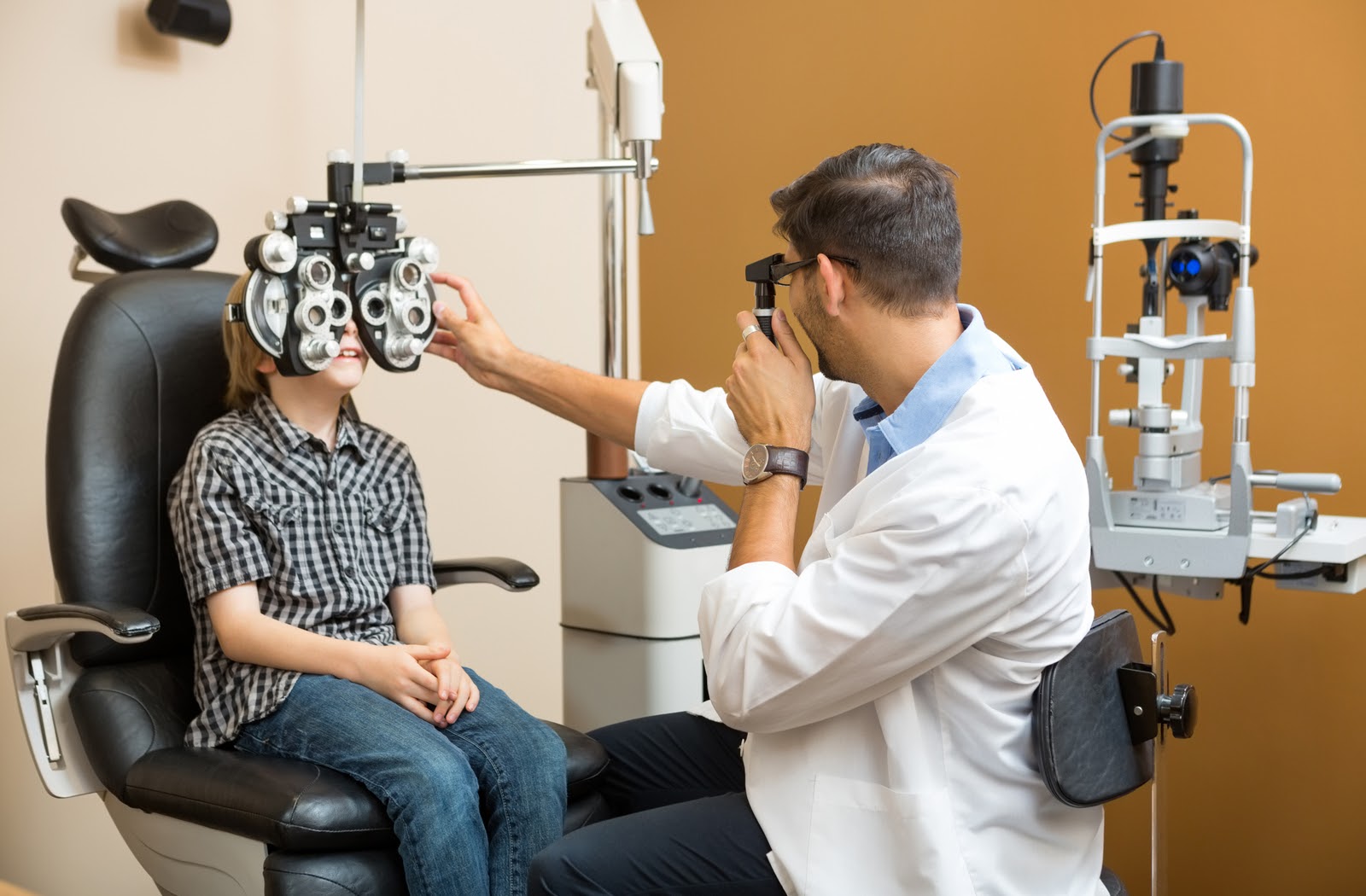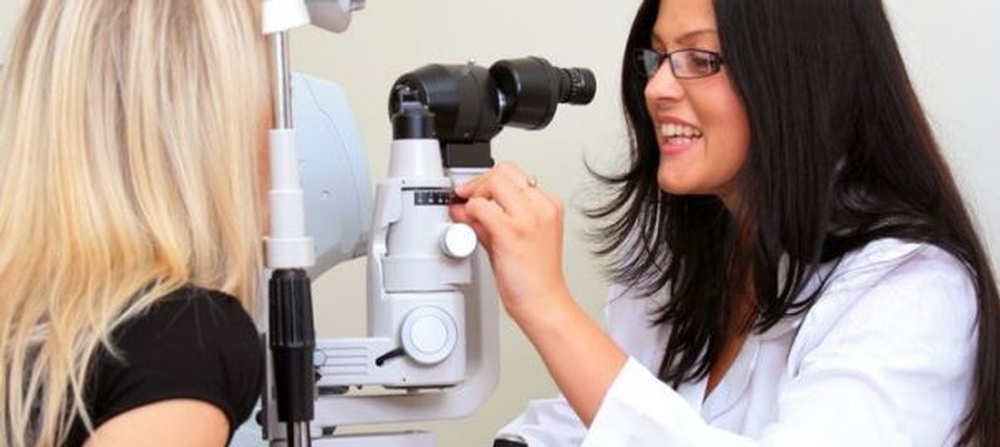Professional Eye Doctor in Riverside: Your Vision is Our Priority
Professional Eye Doctor in Riverside: Your Vision is Our Priority
Blog Article
The Comprehensive Eye Exam: What to Anticipate Throughout Your Visit to the Eye Physician
A check out to the eye physician for a comprehensive eye exam is even more than a routine examination; it is a vital step in safeguarding your aesthetic wellness. What precisely takes place during the eye health analysis, and how does it influence the prescription procedure?
First Assessment
The preliminary consultation during an eye test works as an important structure for recognizing a person's visual wellness demands. This stage establishes the tone for the whole assessment procedure, permitting the eye doctor to gather necessary details regarding the individual's case history, way of life, and details vision concerns. By meticulously reviewing any type of pre-existing conditions, medications, or previous surgical procedures, the eye care expert can customize the evaluation to address specific requirements properly.

Furthermore, the initial examination is an opportunity for clients to articulate any concerns or concerns, fostering a collaborative partnership with their doctor. This interaction not only guarantees that the client really feels informed and comfy however likewise equips them to take part actively in their eye wellness administration. Jointly, these conversations allow the optometrist to devise an individualized assessment plan, guaranteeing optimal treatment and precise diagnosis.
Aesthetic Acuity Test
Starting the core elements of an eye exam, the visual acuity examination is created to evaluate the sharpness and quality of a patient's vision. This essential examination aids identify exactly how well a person can discern letters or icons at a standardized range, usually utilizing a Snellen chart (Eye Doctor Optometrist). The graph consists of rows of letters that decrease in dimension inside out, with the individual placed at a customary distance of 20 feet
Throughout the test, the person is asked to cover one eye and review aloud the tiniest line of letters they can see plainly. This process is repeated for the various other eye. The results are videotaped as a fraction, with 20/20 vision suggesting normal aesthetic acuity-- where the person can see at 20 feet what a person with typical vision can see at that range.
The aesthetic acuity test also determines prospective refractive errors such as astigmatism, hyperopia, or myopia, which could demand corrective lenses. By developing a standard of aesthetic efficiency, the examination is a crucial diagnostic tool that aids the eye treatment expert in creating an appropriate treatment strategy tailored to the client's distinct visual needs.
Eye Wellness Analysis
Following the visual acuity test, a comprehensive eye wellness evaluation is performed to guarantee the total well-being of the eyes. This critical segment of the eye test includes an extensive examination of both the exterior and interior frameworks of the eye.
Through the usage of ophthalmoscopy or fundus digital photography, the retina, optic nerve, and blood vessels are meticulously assessed. In several instances, student extension is carried out to enhance visibility of the interior eye Full Report structures, although this might result in temporary light sensitivity for the person.
Furthermore, intraocular stress is gauged to screen for glaucoma danger. This is commonly done utilizing tonometry, which can detect raised stress degrees that may suggest possible damages to the optic nerve. Jointly, these evaluations form a thorough evaluation to preserve eye wellness.
Refraction and Prescription
Refraction is an advanced treatment conducted by eye treatment experts to figure out the exact lens power needed to deal with refractive mistakes such as nearsightedness, presbyopia, hyperopia, and astigmatism. The objective of this procedure is to assess just how light bends as it passes with the eye, permitting the specialist to determine whether rehabilitative lenses are essential for enhanced visual acuity.
Throughout the refraction procedure, the patient is asked to look with a phoropter, a device that consists of numerous lenses. The practitioner will systematically alter these lenses and ask the individual to compare quality between alternatives until the most effective feasible vision is achieved. This procedure is crucial in crafting an exact prescription that specifies the ideal lens power for spectacles or call lenses.
The prescription originated from this procedure not just enhances vision yet also functions as a structure for choosing suitable corrective eyeglasses. It is necessary to ensure that prescriptions are frequently upgraded, as modifications in vision can take place gradually, stressing the significance of regular eye exams. This meticulous focus to detail aids maintain clear, comfy vision in every day life.
Follow-Up Recommendations

Throughout a follow-up visit, the eye doctor will carry out a series of examinations to examine visual skill and look for any type of adjustments in vision that could require an update to the prescription. Furthermore, the follow-up offers a chance to talk about any kind Read Full Report of pain or concerns experienced with existing eyewear. Modifications can be made to make sure convenience and effectiveness, whether via lens modification or structure modifications.
For people with ongoing problems such as glaucoma, diabetes-related eye concerns, or macular deterioration, even more regular follow-ups might be essential. These appointments are critical for taking care of and possibly reducing the development of eye illness. Sticking to these recommendations can dramatically add to preserving aesthetic wellness and preventing long-term issues.
Conclusion
The thorough eye exam is an important procedure for keeping visual health and go to website wellness, including an in-depth assessment of case history and vision worries. Secret components consist of the visual acuity test, which examines sight clarity, and the eye wellness evaluation, which checks out the general condition of the eyes. Refraction examinations assist determine the accurate lens prescription essential for optimal vision improvement. Follow-up recommendations give support for recurring eye care, ensuring that any prospective problems are dealt with promptly and efficiently.
A visit to the eye physician for a detailed eye exam is more than a regular exam; it is a vital action in guarding your visual health.Kicking off the core components of an eye assessment, the visual skill test is developed to analyze the intensity and quality of a patient's vision.Following the visual skill test, a thorough eye health evaluation is performed to make certain the general well-being of the eyes. These check outs permit the eye care expert to monitor adjustments in vision, update prescriptions, and assess the overall health of the eyes. Trick components include the visual skill test, which examines eyesight clarity, and the eye health and wellness analysis, which analyzes the total condition of the eyes.
Report this page